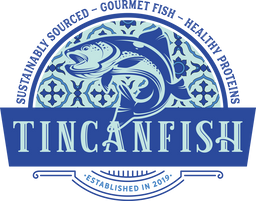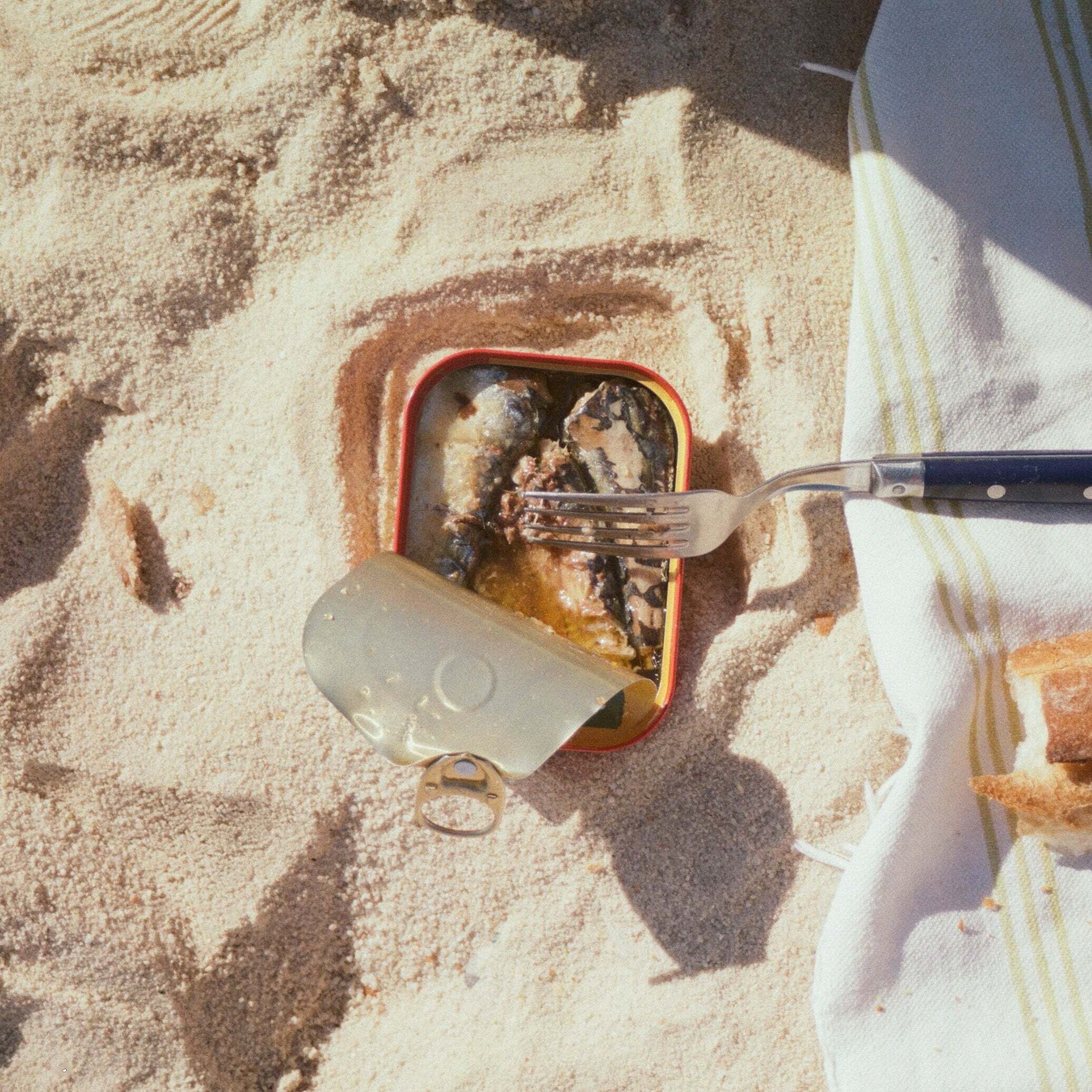Sardines - known for their strong, salty, briny taste and a healthy dose of omega 3s, these small fish can be a delicious addition to a meal if you can handle their flavor. Perhaps you just discovered sardines as your new favorite snack or have been chomping on these little guys for years. Either way, as consumers, we need to be constantly evaluating our choices and asking, “is this meal sustainable?”
Particularly with food habits, we can be part of massive industry shifts based on the companies we support and the food products we buy. So what about sardines? Are they sustainable? Well, it all depends on the fishery.
Sardines in Review
Many people don’t realize that sardines are often culturally defined to be much larger than one specific species of fish. Unlike tuna or salmon, sardines can refer to a variety of fish species in the herring family. The Food and Agricultural Organization of the United Nations lists 22 different species as sardine-type products. Without qualification, however, the term “sardine” is exclusive to the species Sardina Pilchardus. This fish is also known as the European Pilchard and is found in the Northeast Atlantic, Mediterranean, Black, and Adriatic seas.

The term sardine pops up in 15th century England and is thought to be connected to the Mediterranean island of Sardinia - a geologically ancient body of land in Europe and a place where sardines used to be abundant. Traditional cooking has included sardines for thousands of years, with dishes such as roasted sardines and sardine pasta still gracing menus and kitchen tables today.
Sustainability in the Fishing Industry
If you’re wondering if sardines are a sustainable fish, you are correct to pause and question this. Unfortunately, there isn’t always a black and white answer. While climate change and environmentally sustainable practices grow in popularity, people want simple answers but there is also a lot of misinformation and oversimplification regarding the fishing industry. You might think you are making sustainable choices, but are looking to the wrong sources for information and assurance for what is a sensitive topic. There are even clashes within the industry and between different certifiers. So where does that leave those of us trying to chow down on some sardines?

Know Your Sources
Knowing your sources might seem to be a frustratingly redundant answer, but the same advice your high school English teacher gave you for your final paper applies to eating sardines too (or any fish products for that matter).
Certifying bodies include Marine Stewardship Council, Friend of the Sea, and International Pole and Line. Consider spending time on these organizations’ platforms to learn more about what goes into the standards and certifications of different fisheries. You’ll discover information that will inform your opinion as a consumer.
These sites also include helpful tools to find what you’re looking for quickly. For example, the Marine Stewardship Council has a list of their global partners, many of which you’ll recognize. From there, you can seek out their small blue label on sardines cans and other seafood when buying products. This is just one way to educate yourself. There are plenty of companies to support who prioritize their commitment to the planet and support local fishing communities.
Enjoy Your Meal

In conclusion, are sardines sustainable? Yes, they are, but you have to know where to look and which certifying bodies to trust. Whether you cook sardines in a salad or pasta linguine, every recipe will taste better if you are confident that your meal is sourced from truly sustainable sources. Do your research and then make your purchases accordingly. After that, it’s as simple as sitting down and enjoying your oily, savory, sardine-themed meal. The planet and future generations will thank you!
Article written by Siri Undlin on March 5, 2020.


